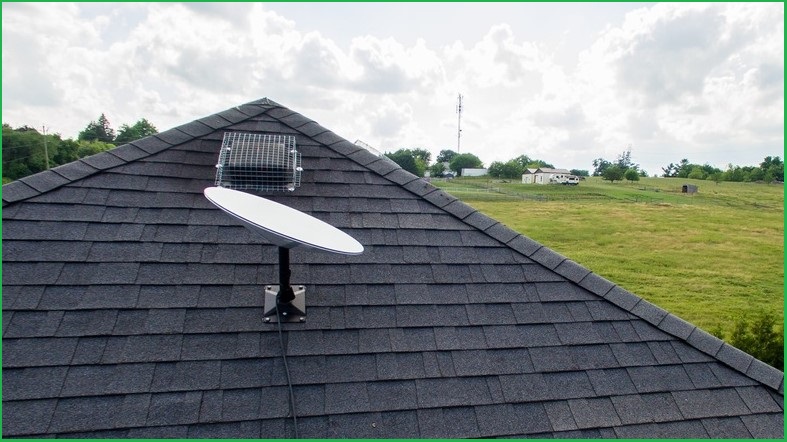NBN Co will lose its iron grip on nearly 500,000 rural and remote customer premises later this year as a new partnership with Elon Musk-backed satellite operator Starlink allows Telstra to deliver a combined voice and satellite service that completely bypasses the NBN.
The newly-announced partnership will see Telstra reselling Starlink’s low earth orbit (LEO) satellite services to its millions-strong customer base, allowing it to provide reliable and fast broadband services anywhere in Australia – including rural and regional areas where customers struggle with outdated NBN Co copper phone lines, limited NBN Co fixed wireless services, and NBN Co’s Sky Muster satellite services.
After struggling for years with congestion due to strong demand, NBN Co this year began testing 100Mbps services to hold off competition from Starlink, a SpaceX subsidiary whose hundreds of satellites offer faster speeds and lower latency because they are circling the earth at much lower altitudes than geostationary satellites like Sky Muster.
Broadband benchmarking company Ookla recently clocked Starlink’s Australian services at a median of 106.43Mbps – a speed that, the firm noted, “outperformed fixed broadband providers” which, an ACCC analysis recently noted, offer best-effort services that range from 30Mbps to 80Mbps.
Although Starlink already sells its services in Australia, partnering with Australia’s largest telecommunications provider will significantly boost the service’s profile – particularly amongst rural customers longing for better connectivity amidst chronically sketchy performance.
Reselling Starlink “will provide an additional connectivity option for people and businesses in rural and remote locations where distance and terrain make it difficult to provide quality connectivity with existing terrestrial networks,” Telstra regional Australia executive and regional customer advocate Loretta Willaton wrote as the new partnership was announced.
“The latency, download speeds and general experience in most circumstances will be far superior to copper-based ADSL,” she continued, with the new services offering “great data throughput [that is] better suited for most modern connectivity needs.”
Customers will need to install a Telstra-designed modem, which will combine the Starlink broadband with a Telstra-delivered voice phone service – providing a complete telecommunications offering for residential and business customers at prices that will be announced later this year.
Competition in the skies
Coming on the heels of the rejection of Telstra’s proposed network merger with TPG Telecom – which would have strengthened Telstra’s dominance in regional areas by increasing its mobile services – the Starlink deal could have a similar effect.
Ever since it sold its local copper phone network to NBN Co in 2014, the fully privatised Telstra has been paying the government-owned NBN Co wholesale rates for access to regional customers – but by providing a new path to reach rural customers, Starlink’s network will save Telstra that expense while removing the pressure to compete with other NBN resellers based on price.
Many rural customers are already counting the days until the Telstra-Starlink service becomes available, with the NSW Farmers’ Association welcoming an announcement that will, NSW Farmers Western Division Council chair Gerard Glover said, “virtually ‘unlock’ a lot of places that have never had service before.”
Starlink, he said, is “yet another way we’re seeing innovative technologies used to solve everyday problems in the bush… We would hope that as we see more of these technologies come online, we’ll see more and more people in rural and remote [areas] be able to connect with the world.”
Although Starlink has already secured more than 1 million customers worldwide, Ookla noted that new options will further increase competition.
Earlier this year, the US Federal Communications Commission (FCC) approved an Amazon plan to deploy 3236 LEO satellites as part of its Project Kuiper, while the European Union is progressing with its IRIS constellation and Hughes’ Jupiter 3 is also underway.
Satellite operator Viasat recently began launching satellites for its Viasat-3 satellite constellation, while even NBN Co recently issued a closed request for information (RFI) to “further understand” the offerings of LEO providers.
“We believe that LEO satellite technology could be a part of our network in the future,” NBN Co executive general manager for fixed wireless and satellite Jason Ashton said, “so we are engaging with those that may be able to offer this as a service in order to find out whether it is feasible.”










